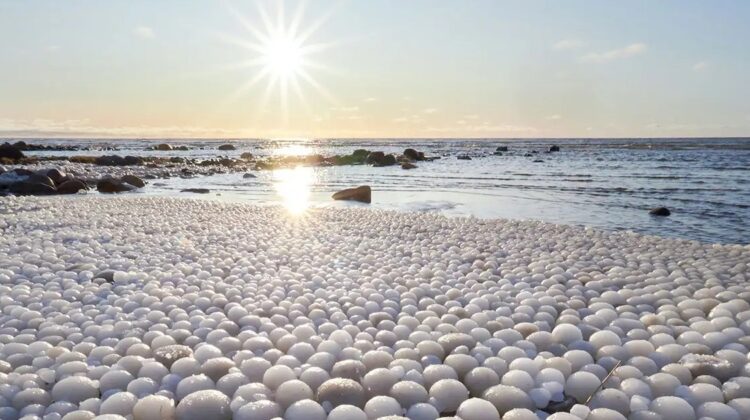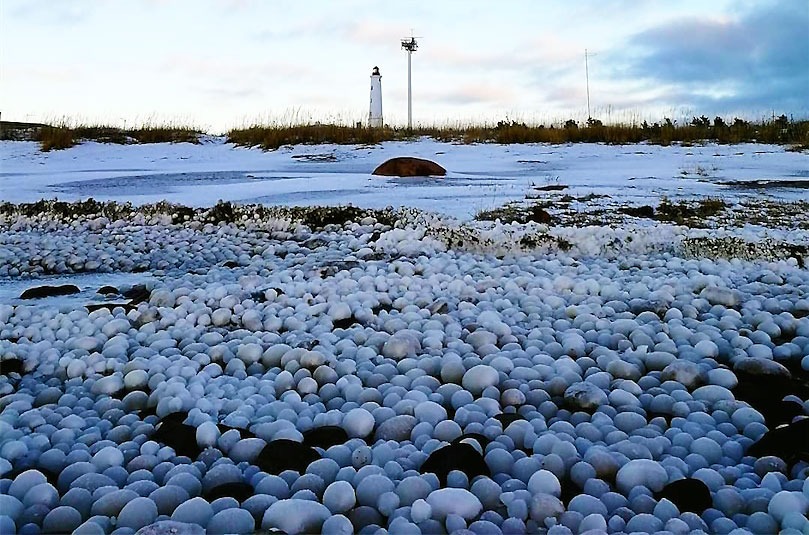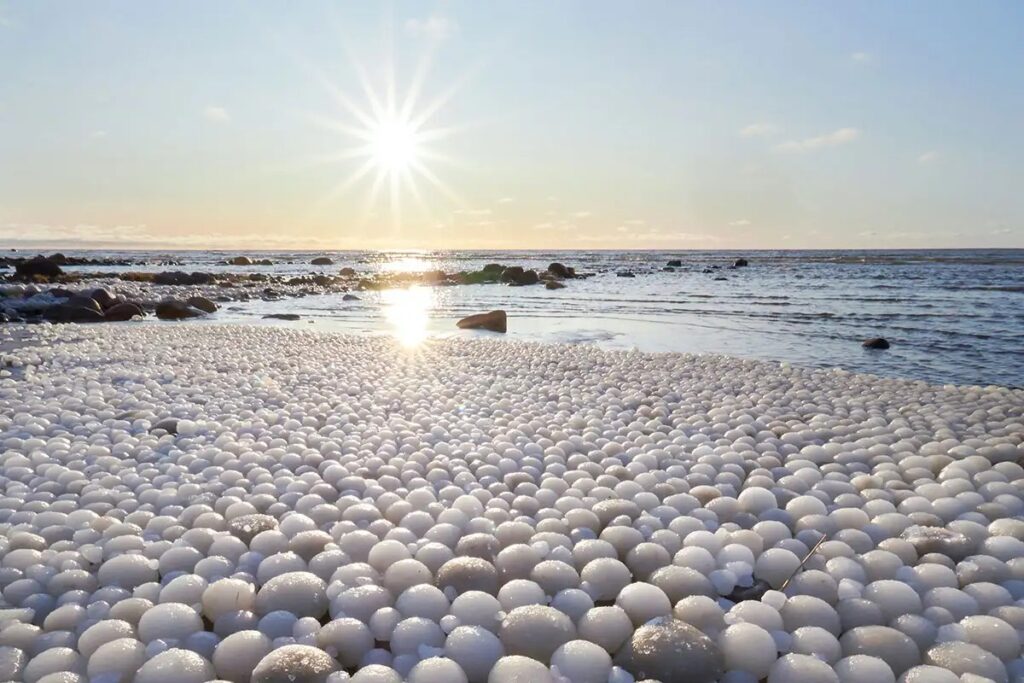
Ice Eggs and Ice Balls: The Mysterious and Valuable Natural Phenomena
Ice Eggs and Ice Balls are two unique natural phenomena that have captivated the attention of scientists and the public alike. Ice Eggs, as discussed in the previous article, are egg-shaped balls of ice that form on shorelines in freezing conditions. Ice Balls, on the other hand, are spherical balls of ice that form in waterfalls or rivers.

One such example of Ice Balls was discovered in a waterfall in British Columbia, Canada. Similar to Ice Eggs, Ice Balls are formed by wind and sea currents in freezing conditions, and in the case of the Canadian waterfall, they were formed thanks to the rolling action of the falling water.
The process by which Ice Balls form is still not fully understood, but it is believed that they are created when small pieces of ice are picked up by the water and tumble along the bottom of a river or waterfall, gradually building up layers of ice and becoming more spherical in shape.

Ice Balls have also been found in other parts of the world, including the Great Lakes in North America, and in rivers and waterfalls in Scotland and Russia. Like Ice Eggs, they have practical applications, as they can be used as a source of freshwater in remote areas where clean water is scarce.
However, like many natural phenomena, Ice Balls are also vulnerable to environmental factors such as climate change, which can impact their formation and even cause them to disappear entirely.

In conclusion, Ice Eggs and Ice Balls are two fascinating natural phenomena that continue to spark curiosity and wonder. While their formation process is still being studied, they serve as a reminder of the beauty and complexity of the natural world, and the importance of understanding and protecting it.

Leave a Reply